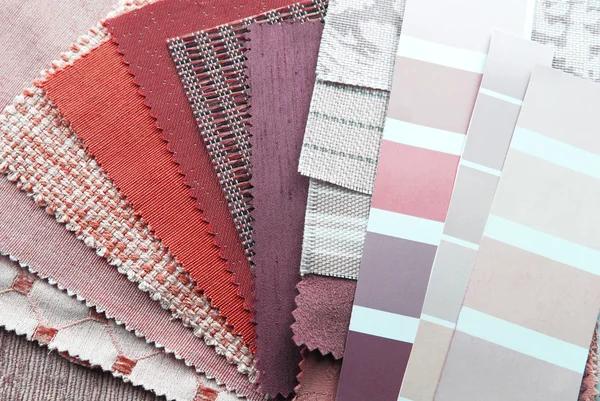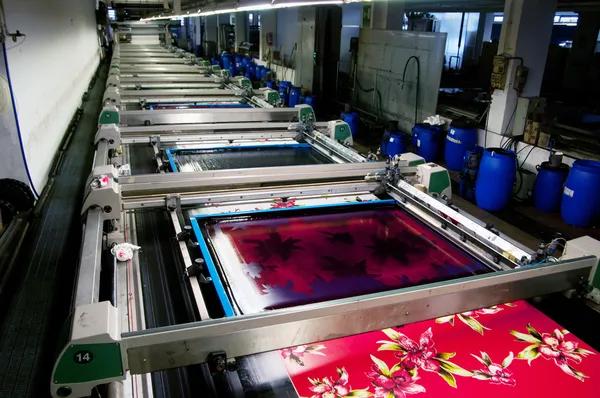Textile housecallspodcast.com dyes have been an integral part of the fashion industry for centuries, playing a pivotal role in the creation of artistic and vibrant designs. They are used to impart color to fabrics, adding aesthetic appeal and enhancing their visual attractiveness. The impact of textile dyes on artistic fashion creations is profound as they enable designers to bring their visions to life.
From natural dyes derived from plants, minerals, and even insects in ancient times, the evolution has led us today towards synthetic dyes that offer pressplaypodcastss.com a wider range of colors with increased durability. These innovations have allowed designers to monicadenias.com experiment with different hues and shades that were previously unthinkable. Today’s textile dyeing techniques allow for an extensive palette of colors that can be manipulated according to the designer’s creative vision.
The use of textile dyes goes beyond just coloring fabric; it also contributes significantly towards creating unique patterns and designs on garments. forabadtimecall.com Techniques such as tie-dyeing, batik printing, block printing, or screen printing rely heavily on the use of various types of dyes. These methods allow designers to create intricate patterns and textures on fabric surfaces which add depth and dimensionality to their creations.
Furthermore, textile dyes play an instrumental role in expressing cultural narratives through fashion design. Different cultures around the world have distinct traditional dyeing techniques that reflect their heritage and history. For instance, Japanese Shibori or Indian Bandhani both involve resist-dyeing techniques resulting in beautiful patterned textiles which are then transformed into stunning garments.
However, while celebrating the impact of textile dyes on artistic fashion creations we must also take note of its environmental implications. The production process involving synthetic dyes katrinaaonson.com often leads to water pollution due to harmful chemical discharge into water bodies causing serious ecological damage.
Consequently there has been a resurgence in interest towards natural dyeing processes among many purelight111.com contemporary designers who aim loneduckfitters.com at sustainable practices without compromising aesthetic appeal. This shift not only promotes environmentally friendly practices but also brings back traditional dyeing techniques into the spotlight, adding a layer of cultural relevance to their creations.
In conclusion, textile dyes have significantly shaped the landscape of artistic fashion creations. They provide an outlet for designers to express their creativity and narratives through color and pattern. However, with ihdyrateapp.com growing environmental concerns, it is crucial that the fashion industry strives towards sustainable dyeing practices while continuing to innovate and inspire with its vibrant designs. The future of fashion lies in this delicate balance between artistic expression and environmental responsibility.




